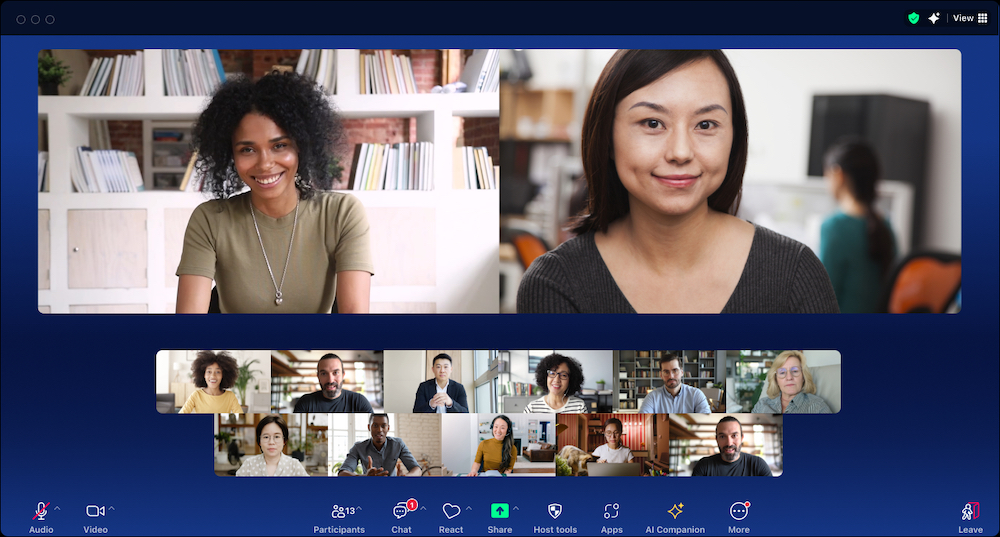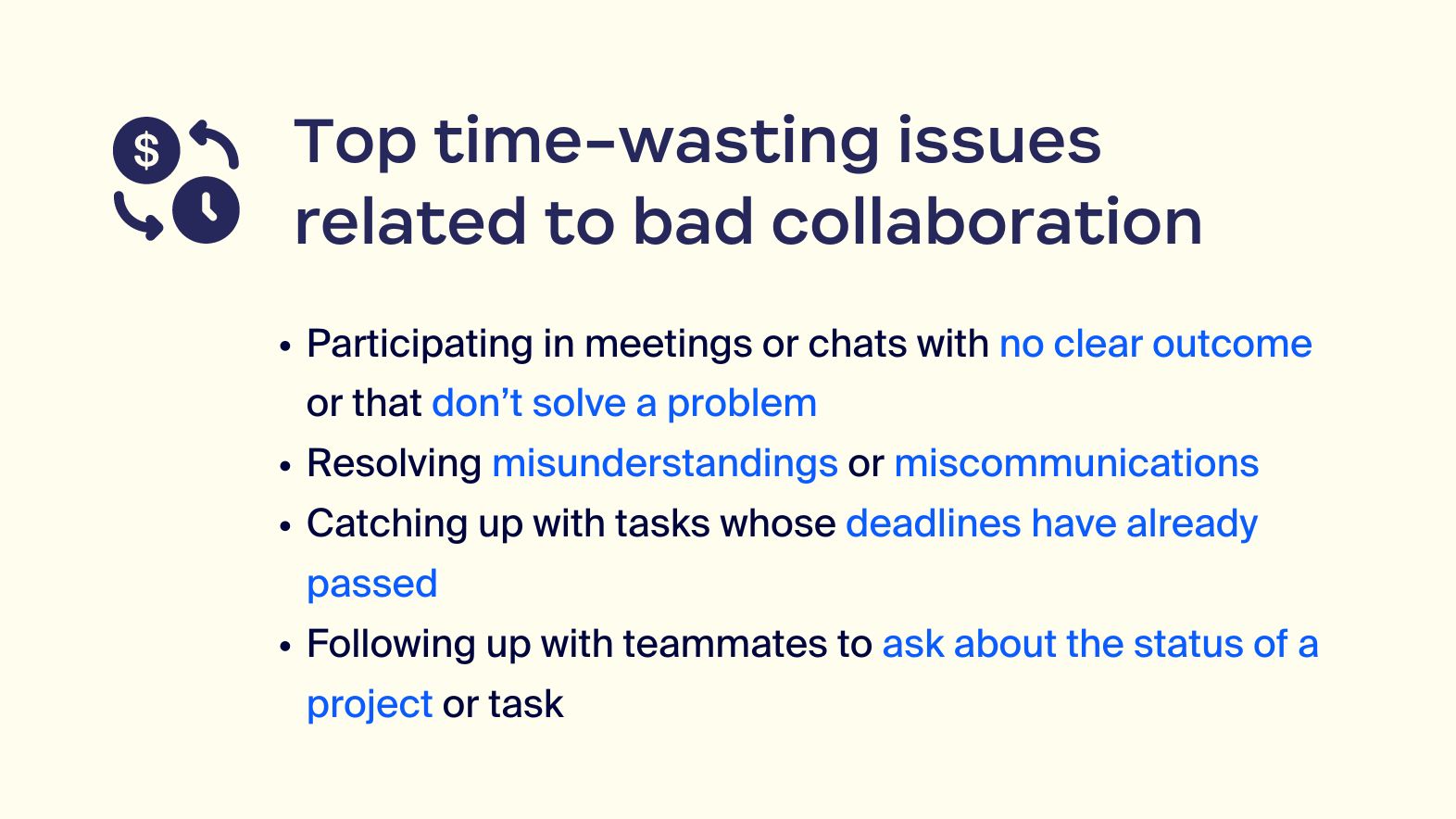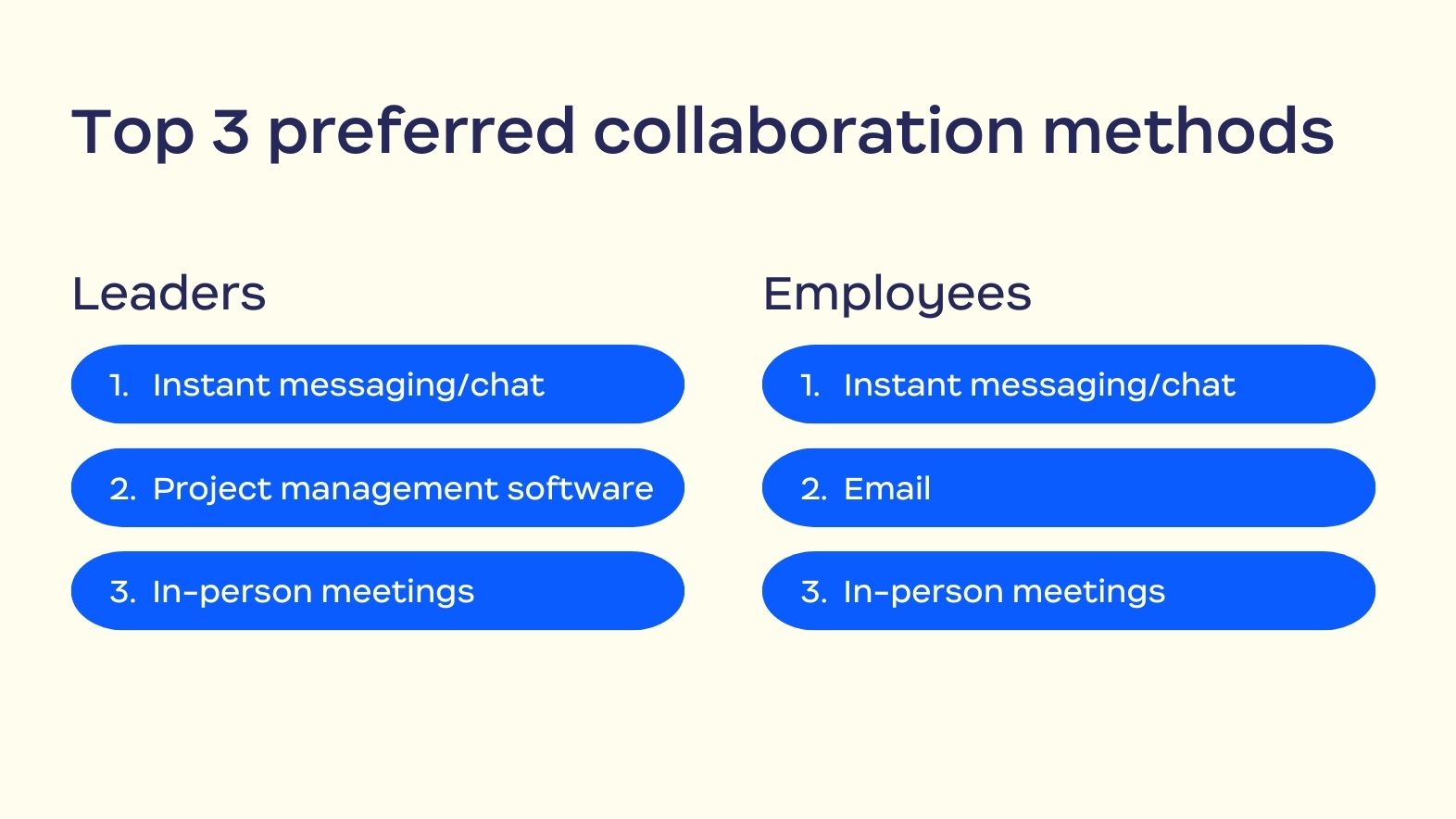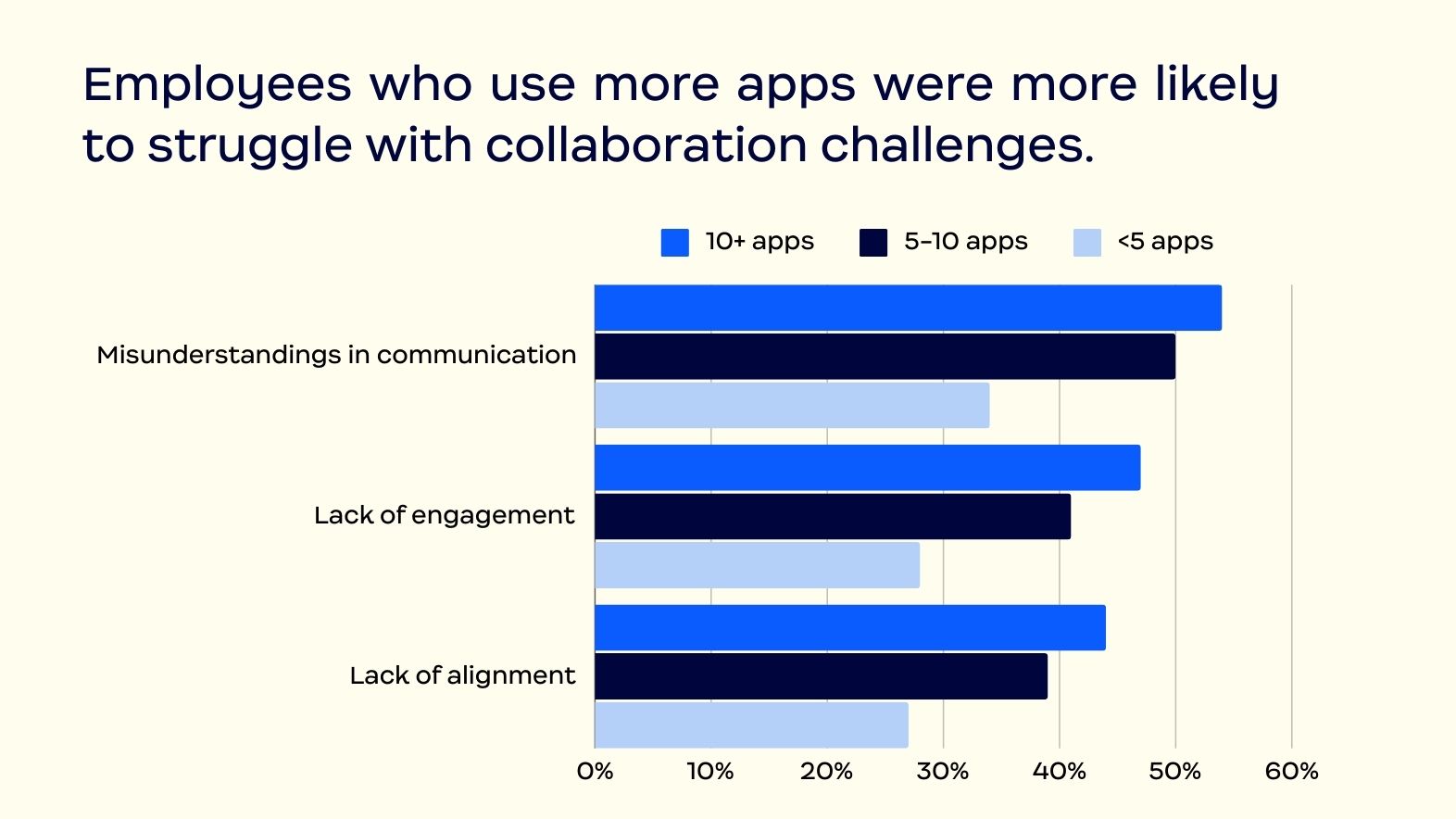
5 collaboration tips to level up your workday with Zoom Workplace
See how Zoom Workplace, your AI-first collaboration platform, can help you be more productive throughout your workday.
Zoom and Morning Consult surveyed nearly 8,000 leaders and employees from 16 countries to learn how people prefer to work together and what gets in the way of collaboration. Here's what we found out.
Updated on October 29, 2025
Published on September 17, 2024


Have you ever had trouble finding time on colleagues’ schedules to connect? Or experienced a misunderstanding in communication between teammates? Turns out you may have been a victim of bad collaboration. It’s more common than you might think — and the time spent resolving issues related to inefficient collaboration can quickly add up.
Our Global Collaboration in the Workplace report, based on a survey conducted by Morning Consult of nearly 8,000 leaders and employees from 16 different countries, uncovers:
All told, we learned that the time spent resolving issues related to inefficient collaboration can cost organizations an estimated $16,491 a year per manager in wasted time, or up to $874,000 annually for an enterprise of 1,000*.
Check out a summary of our findings below, and read the full report for an in-depth look at global collaboration — as well as takeaways you can apply within your own organization.
Access exclusive insights from our Global Collaboration in the Workplace report.
Leaders were more likely to spend a significant amount of time collaborating with colleagues, especially in meetings and email. Fully remote leaders reported the highest numbers here: more than half of this group spends three or more hours a day on email (56%) and virtual meetings (52%).
Leaders also spend more time than employees resolving the following common issues related to bad collaboration and take more time to refocus between tasks. All this adds up and can end up costing organizations in the long run.

How do you like to collaborate at work? Leaders and employees agreed that instant messaging/chat was their preferred method of collaboration.

However, our survey revealed that different generations prefer to collaborate in different ways. Baby Boomer leaders strongly preferred in-person meetings, while Gen Z leaders’ favorite method of collaboration was project management software. Learning about these preferences could provide organizations with valuable insights into the tools their workforce needs to work better together.
IT leaders are constantly bombarded with sales pitches and employee requests for new apps and tools. Individually, each one promises to solve a problem, but the report shows that too many apps were actually associated with greater collaboration challenges. Those who reported using more than 10 apps for work were more likely to struggle with issues like misunderstandings in communication, lack of engagement from colleagues, and lack of alignment than those who reported using fewer than five apps.

Access the full Global Collaboration in the Workplace report for a data-driven look at the biggest collaboration challenges facing your teams today and how AI affects productivity. You’ll also gain exclusive insights into how you can help them work better together.
Access exclusive insights from our Global Collaboration in the Workplace report.
*Calculations per manager are estimates based on average salary information for management occupations as provided by the U.S. Bureau of Labor Statistics. Total cost is based on APQC data regarding the average number of managers in an organization.